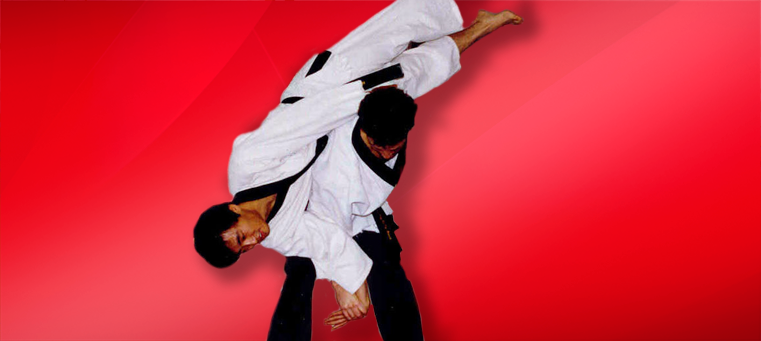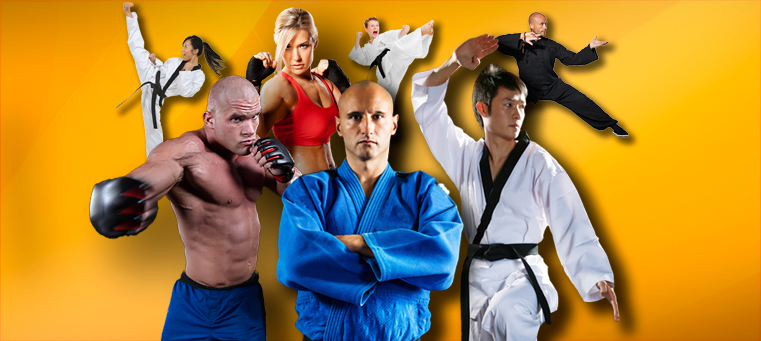Jiu Jitsu or Brazilian Jiu-Jitsu is a martial art that was developed from judo and involves grappling and ground fighting. Although Carlos Gracie, a contemporary figure, is regarded as the founder of modern Jiu-Jitsu, the martial art’s original presence can be traced back more than 2,000 years. According to the concepts of Jiu-Jitsu, a smaller or weaker person can defend himself against a larger or stronger enemy with leverage and proper applications of joint locks and chokeholds. Brazilian Jiu-Jitsu is not only a highly effective martial art, but a discipline meant to build character and physical fitness.
Traces from the past
The martial art is estimated to have emerged in India long before the time of Jesus Christ. Ancient Indian monks formulated these exercises to defend themselves from regular barbarian attacks. As some of these monks migrated to China, they carried these techniques with them. The martial art evolved within China before spreading to Japan. In 1914, Japanese martial arts champion Esai Maeda played a key role in spreading Japanese Jiu-Jitsu in Brazil.
Maeda taught the martial art to his friend Gastao Gracie’s eldest son Carlos Gracie, who in turn taught the techniques to his four brothers. In 1925, the brothers opened the first ever academy teaching Jiu-Jitsu in Brazil.
From Gracie brothers
For the Gracie brothers, Jiu-Jitsu was more of a passion than an occupation. Among the brothers, Helio Gracie was instrumental in bringing revolutionary changes in the martial art. Unlike his brothers, Helio was short was light. By emphasizing on leverage, he made Jiu-jitsu adaptable to short people and formulated techniques that would give the shorter ones an advantage. He went on to become one of the world’s best fighters, including the accomplishment of being a part the longest fight – 3 hours and 45 minutes non-stop – against Japan’s greatest fighter, Masahiko Kimura, in a historic battle.
Helio Gracia also set up the first Jiu-Jitsu federation in 1967, with the system of colored belts prevalent today. It was around this time that a split happened in the Gracie family between Helio and Carlos. The brothers chose their own methods of practicing the martial art even though there was no much change in the core rules. In 1993, Carlos Jr. founded the Confederacao Brasiliera, which is today among the most active martial arts organizations. This federation was instrumental in establishing the Brazilian Jiu-Jitsu world championships.
The martial art was carried far and wide across the family tree, passing from one generation to another. With Brazilian instructors spreading the martial art across the world, Jiu-Jitsu is now used for many purposes including military, sports, competition, and self defense. It came into prominence internationally during the early 1990s, when Royce Gracie won the fourth Ultimate Fighting Championship. In the match he fought against champions who were experts in other martial arts disciplines including Karate, boxing, Taekwondo, and Muay Thai. Since then, Brazilian Jiu-Jitsu has played an increasingly important role in Mixed Martial Arts training and competitions, which now frequently require skill and prowess in ground fighting to win.



